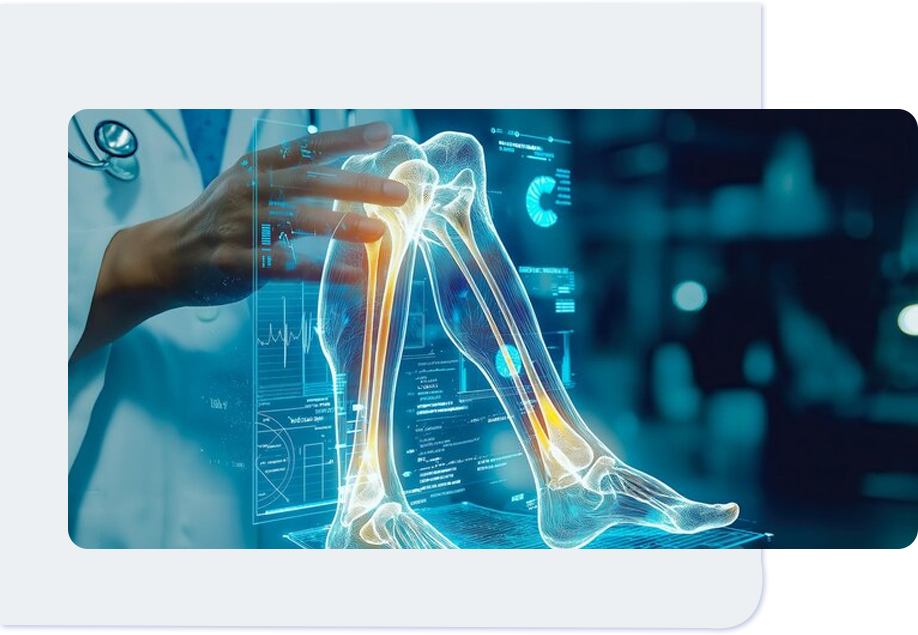Home / Orthopedic-Trauma-Surgery


“Fractures” can happen to anyone at any age, but it is more common in infants and seniors. Fractures often result from unforeseen events like slips and falls, impact injuries, or assaults. Traffic accidents are a primary cause of fractures.
No matter how severe the fractures are, proper first aid and an immediate visit to an orthopedic trauma surgeon are necessary for timely treatment, recovery, and return to daily life.
An orthopedic trauma surgeon with expertise and hands-on experience in treating all types of fractures should manage the fractures. The surgeon will conduct a physical examination and history taking for diagnosis assisted by medical technology for a comprehensive trauma assessment and appropriate treatment plan. Modern medical advancements in fracture treatment and the skills and techniques of experienced orthopedic surgeons have become pivotal for swift recovery from fracture injuries.

Orthopedic trauma surgeons are experts in the treatment of fractures and dislocations with non-surgical and surgical means. An advanced technique deployed by orthopedic trauma surgeons is a minimally invasive surgical procedure that facilitates rapid recovery time.
Collaboration with orthopedic surgeons in other fields for injuries to muscles, tendons, or nerves is necessary; sports medicine orthopedic surgeons are responsible for treating these injuries. In the case of hand, ankle, or spinal cord injuries, orthopedic trauma surgeons will collaborate with hand, foot & ankle, and spine surgeons.
For orthopedic trauma in children, a pediatric orthopedic surgeon joins an orthopedic trauma surgeon in the treatment process to ensure good bone development and return of physical movement for children.
Orthopedic trauma surgeons at MedPark Hospital are on hand to diagnose and treat patients with every type of fracture, including patients with fractures admitted through the Emergency Department at MedPark Hospital.
Orthopedic trauma surgeons at MedPark Hospital possess skills and expertise in treating severely complex fractures. An example includes a surgical procedure for a traffic accident patient with a 3-piece humerus fracture and a severe open wound. The patient received treatment with close follow-up until they could return to their daily routines and favorite activities.








 Simple fractures
Simple fractures Stress fractures
Stress fractures Spiral fractures
Spiral fractures Comminuted fractures
Comminuted fractures Transverse fractures
Transverse fractures Oblique fractures
Oblique fractures Impacted fractures.
Impacted fractures. Overriding fractures
Overriding fractures Hairline fractures
Hairline fractures Greenstick fractures
Greenstick fractures Avulsion fractures
Avulsion fractures Fractures and dislocations
Fractures and dislocations Open fractures
Open fractures Complex and severe fractures
Complex and severe fractures Fracture with complications.
Fracture with complications.






Individuals of all ages, genders, or occupations can be at risk of orthopedic injuries. Apart from preventing orthopedic trauma by being cautious and creating a safe environment, a family with kids or seniors requires additional safeguards, such as guard rails for older adults, anti-slip floor mats on a slope, or stair gates. These safeguards help reduce the risk of trips & falls and fractures.








